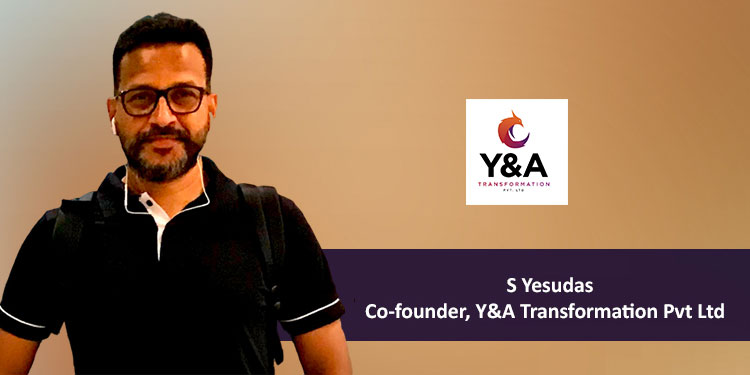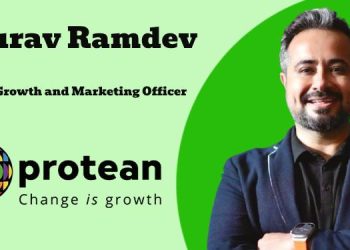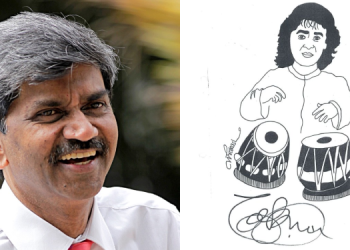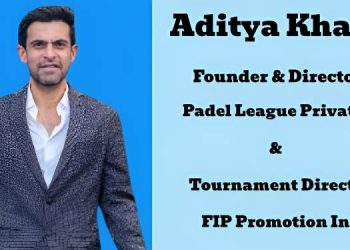The other day few of us were speaking at an industry webinar. We couldn’t answer all of the participants’ questions, owning to the paucity of time. But the thought that we couldn’t do so made some of us uncomfortable and we reached out to the organizers asking if they had the questions recorded, which fortunately they did, and we managed to answer it all.
We could visualize the delight on the faces of those who sought the clarifications. The one word that helped us think in this direction is nothing but Obsession; Obsession to be the very best and not better than the industry “average” on webinars.
The focus of clients and agencies on the game of “average” thus far resulted only in building from what already exists. Hence, digital became another agency, overprint /tv, and customer-centricity, another department, over marketing. Similarly, as the channels evolved from single to multi to cross to Omni, platforms got built on top of the other, rendering any possibility of tracking and understanding the fluid customer journeys, ineffective. While it took almost 12 years for half of the Fortune 500 companies to get displaced, marketers who, in the current context, are unwilling to risk the usual, will get wiped out sooner, with the status-quo itself disappearing.
I had written an article in Economic Times, Brand Equity sometime back titled big data and the losers game marketers play, where I had argued that marketers will lose out if their entire focus is on 3rd party data, ignoring the importance of building a data culture and first-party data within. Google has recently announced that third-party cookies are going to be a thing of the past.
There was an earlier belief that consumers embarked on a linear journey of awareness, preference, consideration, and purchase. Although the number of people that reached the end of the funnel was minuscule compared to the numbers that begin the journey becoming “aware”, marketers took solace in their agency recommendations that they are doing better or equal to the market/category “average”. The customer journey then supposedly changed from linear to circular; discovery to purchase and marketers still took solace in the fact that their website bounce rate of 54% is great compared to the industry/category “average”
I believe, without the obsession of wanting to be the very best, “50% (it’s almost 80% now) of my advertising is wasted” will always ring true despite all the possible algorithms that help isolate the impact of individual channels and the attribution models. When this change happens, everything else will automatically change. The agencies will stop transacting. Marketers will stop contributing to the growth of click-farms, customers will become buddies, and human capital will sweat more because with this change will also come trust and empowerment. When Jeff Bezos says he is obsessed with Amazon becoming the planet’s best customer-centric company, the culture is then percolated down to even the call center executives.
There will be a time soon when PowerPoint slides with mathematical algorithms justifying the expenditure and the outcome will stop receiving boardroom clapping for just the 46 who stepped into the beautiful apartment (website in this case) on an invitation to 100.
I’ve 9 simple suggestions to make, which if embraced can make a big difference to marketers. I don’t think agencies will proactively change themselves unless forced by their clients.
- Focus on the lifetime value of your customers. Build a first-party data culture, try and understand your customers’ journey in a human way beyond algorithms, understand where the frictions are and the structures causing the same, at your end. Mitigate and eliminate them relentlessly.
- Create a 70:20:10 framework for your marketing investments. This framework will also ensure things are not put topsy-turvy so that you are less uncomfortable. Challenge your lead agency to bring together all your other partners and make 1 contribution, an act (no theory/no passive campaigns) in the areas of enhancing the quality of your data and your customer journey tracking, different from what’s been done before on 70% of the investments and 2 contributions in the areas of technology interventions and building of a genuine influencer network (not based on mass numbers)within the 20%.
- Move aside the 10% (allow the agency the leverage for this component in the “buying efficiency” reporting) and ask the agency to set up an innovation lab internally, fully focused on doing new things, undone before, aligned to a vision of customer-first. Embrace the digital necessity of speed and embark on ideas with the knowledge that some may even fail.
- Let the agency offer a team to work on the innovation lab, which they recognize as their nonconformists. It must be a mix of rawness as well as grey hair (experience)
- Similarly identify such a team on your side that will complement the agency team, cross categories/cross functions.
- Set up a weekly conversation day where the agency leader and your category and functional heads are also present. Assess the depth of the team; knowledge, the research they have managed to do, the ability to look beyond the obvious, conviction, how they manage to even open your eyes to newer realities and their articulation abilities.
- Intentionally identify the bright sparks and make it a point to develop them. Within a matter of 3 months, you would create some real innovations for your business and a team of owners even within the agency, obsessed to help you succeed.
- At the end of one year, you would end up saving precious resources from your passive advertising, your baseline would improve, and your customers will talk about the experiences you are building for them and the empathy that’s making them loosen their purse strings. In addition, the silos at both ends will start disappearing.
- Last but not the least, reward your agency partners generously. If they are unable to embrace this new paradigm, you know it is time for a change. And here’s your readymade pitch brief.
“If you are not willing to risk the usual, you will have to settle for the ordinary” Jim Rohn.
Authored by S Yesudas Co-founder, Y&A Transformation Pvt Ltd.

















